How Duolingo and Biblingo Teach Languages
Many of the same science-backed features that make Duolingo effective are also incorporated into Biblingo, but Biblingo focuses on helping you read the biblical text in the original Greek and Hebrew as quickly as possible. There are three strategies that Duolingo and Biblingo have in common that make them particularly effective: focus on language use, sustaining motivation, and personalized material.
Focus on Language Use
To know a language is to be able to use a language. If you are reading this, you know English because you can use the language to understand this text. Language learning is all about learning to use the language meaningfully, and this takes practice. You have to practice making and hearing the sounds of the language, recognizing the words of the language, and forming sentences in the language. Both Duolingo and Biblingo provide hours and hours worth of engaging practice exercises, so that the language you are learning eventually becomes second-nature to you–just like you are reading this text and thinking about its meaning without having to consciously think about the sounds, word meanings, and sentence structures in English. Through repetitive practice, you will soon internalize the language, so that it becomes a part of you and you can begin to think in the language.
Sustaining Motivation
Duolingo is known for how it has made language learning fun. This is an overlooked area of language learning, but it is essential to learning a language successfully. The material and learning environment have to be engaging enough to sustain motivation.
The interactive practice exercises in Duolingo and Biblingo help to engage the student in meaningful practice. This is done through the use of pictures and graphics in Duolingo and varying the type of exercise (multiple choice, matching, typing, etc.). In Biblingo, thousands of pictures and videos of reconstructed scenes from the biblical world engage the learner just like a child would have learned these ancient languages. These visual aids are also paired with reading, listening, speaking, and typing exercises to foster learning and keep the student engaged.
Duolingo’s learning environment really shines in its ability to sustain motivation. Your learning journey is gamified through earning points, collecting gems, and obtaining badges. Motivational features such as a weekly leaderboard, the ability to follow friends, and a streak counter help to make sure students are engaging in daily practice of the language they are learning. Biblingo also utilizes similar gamification features. You can earn points, keep track of your learning streak, and learn with others in a cohort (available in the accelerator plan). Both apps make consistent practice enjoyable and rewarding.
Personalized Material
One of the most important things in learning any language is practicing with material on your level. Both Duolingo and Biblingo keep track of your progress and provide you with exercises and words to learn that are based on your own learning proficiency. Because Biblingo focuses especially on reading, it also offers graded reading material from some of the earliest lessons, so that you can learn to read through texts on your level. This is crucial for developing fluency in the language, because if the material is too hard, you will not be able to focus on the meaning of the text you are reading. Personalized learning is one of the things that makes language learning in an app so powerful.
